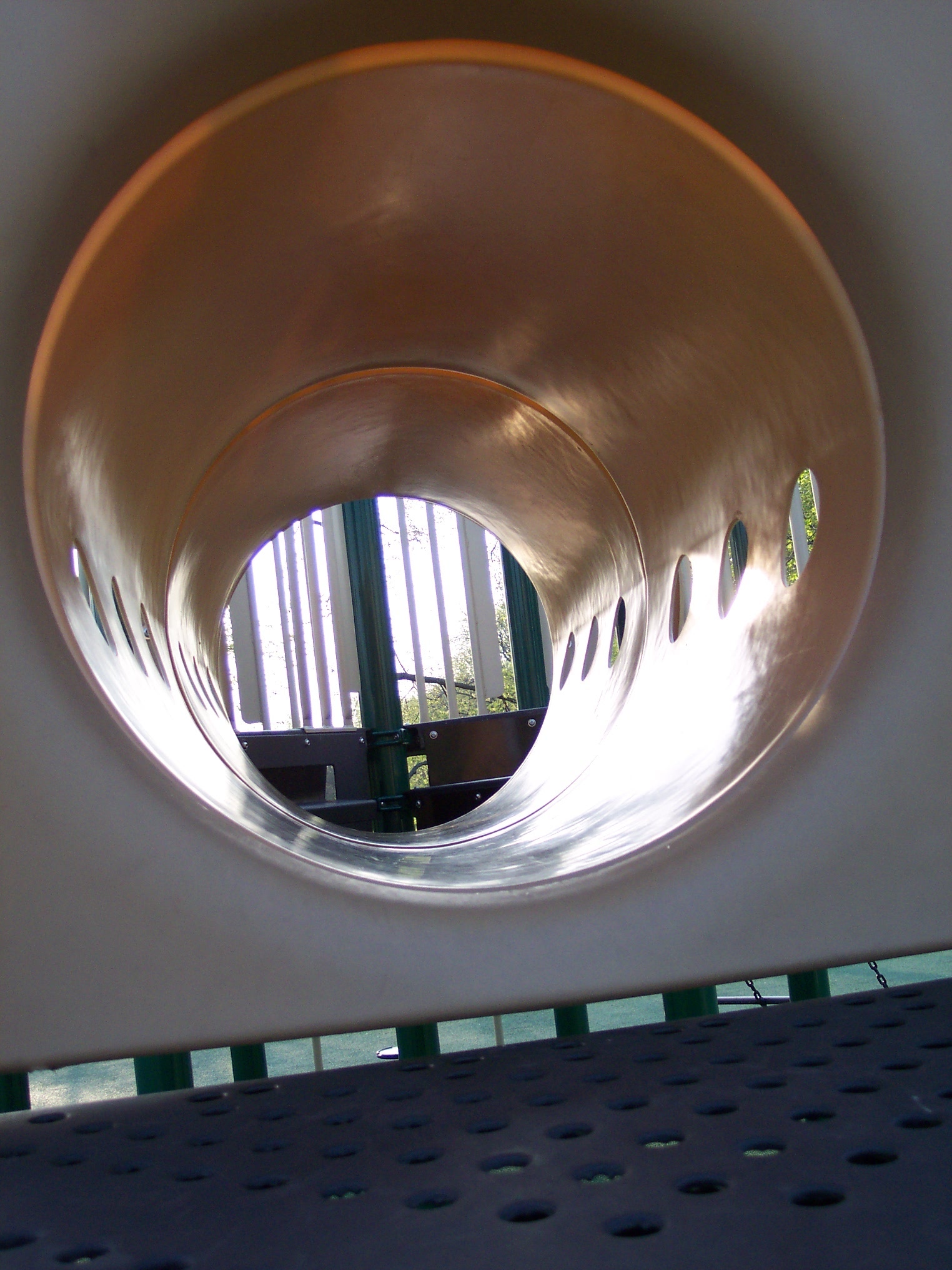-
07 July 2014
-
0 comments

Don’t you love when questions are answered with more questions? However, in this case, it’s necessary. In our previous blog posts, we defined sensory processing disorder and looked at typical behaviors by age group. Now we will look at questions that may help you identify triggers and raise your awareness of the environment in which incidents are occurring in, so you can begin to get to the bottom of what is causing your child to react.
As a parent, when trying to delicately tease out whether your child is acting out because of a sensory or behavior issue, here are a few things to consider:
- Who is this sensation or behavior affecting? Is it your child, peers, family or friends?
- Who are they acting out around? Only you (as parents), only mom or dad, teachers, or siblings?
- What time of day is this sensation or behavior affecting your child?
- What time of year is it? Consider the season, holidays or whether your child has allergies.
- What happened over the course of the day? Was it a long day? Was your child tired from the get-go?
- When is this sensation or behavior affecting your child? Consider whether it’s before or after school, or during a particular class or social activity.
- Where, or in what settings, is this sensation or behavior affecting your child? Consider settings such as the grocery store, home, car, school, play group, toy store, restaurant or playground. Also, take note of details of the particular environment: was it inside or outside, were the lights on or off, and who was he or she with?
- How is this sensation or behavior functionally affecting your child and how often? Does it affect his self-care skills, play interaction, sleep or mealtime?
- And very importantly, why? Why is this sensation or behavior affecting your child?
In other words, what are the triggers? When you consider the above questions, you should also look at what your child was doing before or during the incident, as well as the length and intensity of the incident (i.e., going from 0 to 100 compared to a slow progression), and how long it takes for them to calm down. Also, make notice of how the environment could be affecting his senses: how did it smell, what was the noise level, what did he see, what was he tasting, in what position was his body or did he touch something? Moreover, what was your child’s mood prior to the incident? Also, was he performing a typical routine or one out of his comfort zone? Was he transitioning? The list can go on and on.
As a parent, you have a very important job—you are the primary investigator. And what do good investigators do? They keep a journal and take frequent notes. You will begin to see patterns develop and common occurrences will arise. You may be able to notice what triggers will set off your child and stop them before they occur. You may begin to be able to determine if your child is reacting to a sensation or displaying a behavior. Take very careful, detailed notes by answering the questions listed above.
Next in The Therapy Spot’s blog series on sensory vs. behavior, we help you take the information you’ve gathered and determine whether your child’s reactions are sensory or behavior.
The Therapy Spot is a multidisciplinary pediatric therapy center that offers occupational therapy that helps children improve their ability to perform daily living activities. Click here to learn more about our occupational therapy options.
Share Social
